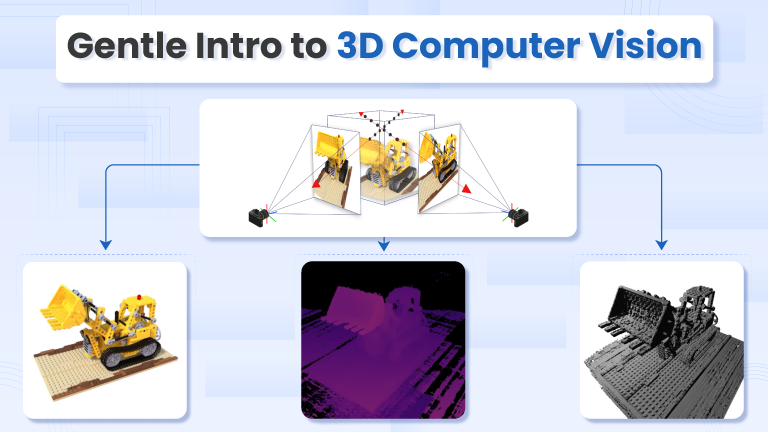
Back in the 1960s, MIT professor Seymour Papert handed his students what seemed like a straightforward summer project: attach a camera to a computer and teach it to describe what it sees by dividing images into objects, backgrounds, and “chaos.” What seemed like a simple task laid the groundwork for one of the most revolutionary fields in computer science: Computer Vision. Today, we’ve gone beyond teaching machines to “see” flat images and enable them to perceive the world in three dimensions—a leap that has unlocked possibilities like self-driving cars, precise medical diagnostics, and augmented reality.
This blog dives into the fascinating field of 3D Computer Vision – exploring its technologies, real-world applications, challenges, and why it’s a cornerstone of modern AI.
So, What exactly is 3D Computer Vision?
3D Computer Vision is like allowing machines to “see” the world in three dimensions, just as we humans do. Traditional 2D vision works with flat images, but 3D vision goes further to understand depth, distance, and the relationships between objects in space. This added layer of understanding makes it essential for tasks that need accurate spatial awareness.
Think of a robot in a busy warehouse. A 2D system might recognize objects but can’t tell how far away they are or how they’re positioned. With 3D vision, the robot can judge distances, navigate around obstacles, and handle items with precision, making it a game-changer for such environments.
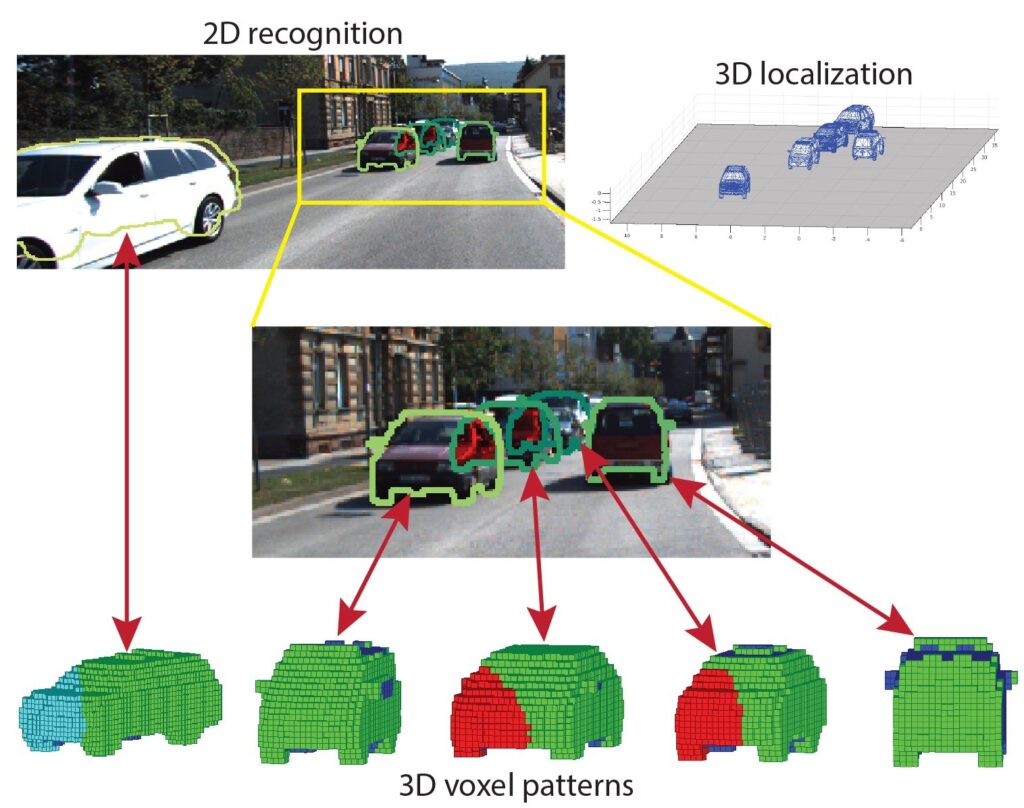
Key Technologies in 3D Computer Vision
Understanding 3D Computer Vision requires delving into two key areas: How Machines See and How Machines Think. These two components work together to enable machines to interpret and interact with the world in three dimensions.
How Machines See: Sensors and Data Collection
To “see” in 3D, machines rely on sensors that capture visual and depth data:
- Monocular Cameras
Single-lens cameras paired with algorithms like Structure from Motion (SfM) or Multi-View Stereo (MVS) to reconstruct 3D environments from 2D images.
Example: Drones mapping terrains by stitching together 2D images into 3D models. - Stereo Cameras
Mimicking human binocular vision, these use two lenses to calculate depth by analyzing image disparities.
Example: Self-driving cars measure object distances for safe navigation. - RGB-D Cameras
Combine color imaging with depth sensing, using infrared for real-time applications.
Example: Microsoft’s Kinect enables motion detection in gaming. - LiDAR (Light Detection and Ranging)
Emits laser pulses to calculate object distances and create highly accurate 3D maps.
Example: Autonomous vehicles using LiDAR to detect obstacles and pedestrians.
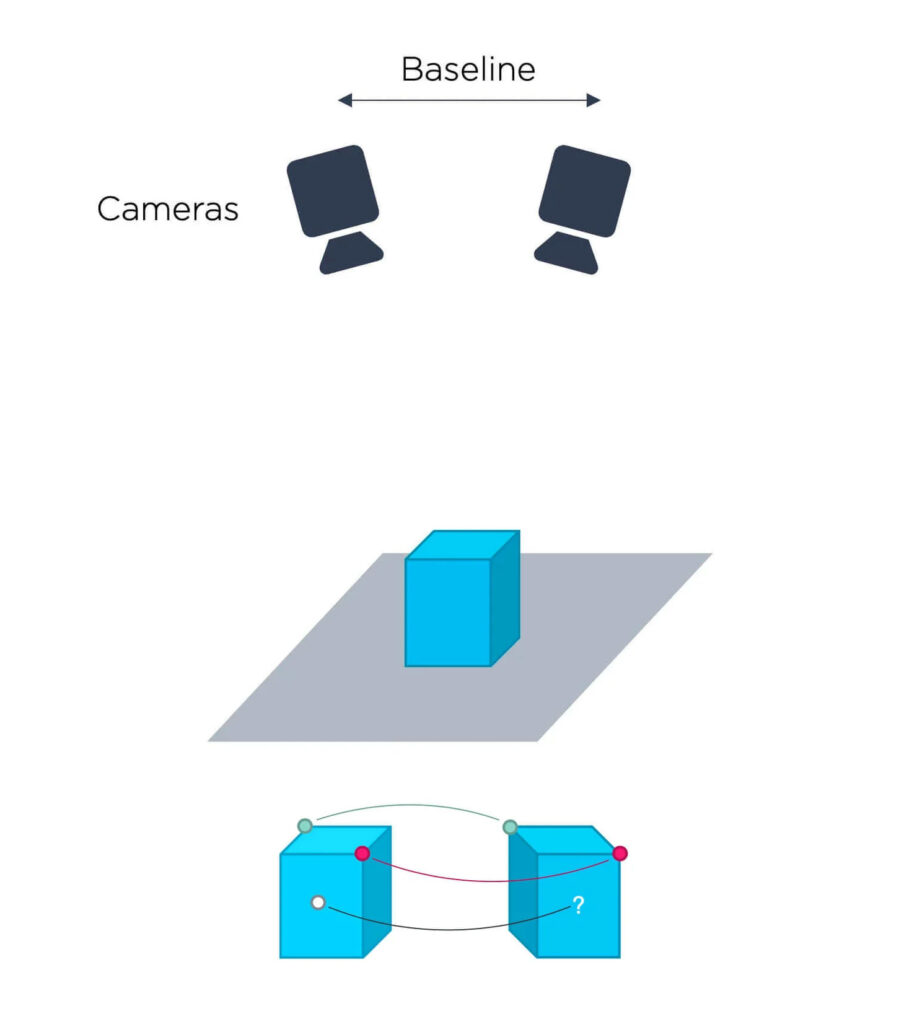
How Machines Think: Problem Statements and Solutions
Once data is collected, machines process and interpret it using algorithms tailored to specific tasks:
- 3D Detection and Tracking
Identifying and tracking objects in space is critical for robotics and autonomous vehicles.
Technologies: PointNet++, RangeDet, Fast Point R-CNN
Example: Cars predicting pedestrian movements to avoid collisions. - 3D Segmentation
Dividing a scene into distinct parts, like isolating objects from their surroundings.
Technologies: DGCNN, RangeNet++
Example: Medical imaging systems segmenting tumors for precise analysis. - 3D Occupancy Grid Prediction
Mapping environments to identify occupied and free spaces.
Technologies: OccNet, VoxelCNN
Example: Warehouse robots planning safe navigation paths. - Structure from Motion (SfM)
Creating 3D models from multiple 2D images taken from different angles.
Technologies: COLMAP, GLOMAP
Example: Archaeologists digitally preserving ancient ruins. - Visual SLAM (Simultaneous Localization and Mapping)
Mapping unknown environments while tracking a machine’s location.
Technologies: ORB-SLAM, LeGO-LOAM
Example: Indoor delivery robots mapping new routes in real-time.
Interesting Read: Comparision of 3D Cameras
Real-World Applications of 3D Computer Vision
3D Computer Vision is transforming industries with groundbreaking applications:
- Autonomous Vehicles: Safely navigating roads by detecting pedestrians, traffic signs, and obstacles.
- Healthcare: Analyzing X-rays and MRIs for faster, more accurate disease detection.
- Robotics: Enabling robots to interact with their surroundings intelligently.
- Augmented Reality (AR) and Virtual Reality (VR): Powering immersive gaming, virtual shopping, and design tools.
- 3D Reconstruction: Creating digital replicas for architecture, archaeology, and urban planning.
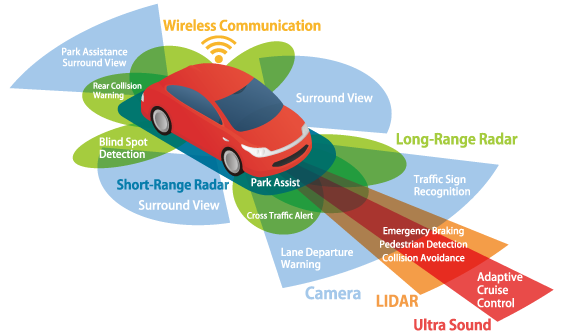
Challenges in 3D Computer Vision
Despite its progress, 3D Computer Vision faces significant hurdles:
- High Computational Demands
Real-time processing of large datasets requires advanced hardware and efficient algorithms. - Accuracy in Dynamic Environments
Dynamic or cluttered scenes make achieving precise depth perception difficult. - Real-Time Constraints
Applications like self-driving cars need split-second decision-making, testing current technologies’ limits.
These challenges drive continuous innovation, pushing the boundaries of what’s possible.
The Future of 3D Computer Vision
The future of 3D Computer Vision is nothing short of revolutionary. Technologies like Gaussian Splatting and NeRF (Neural Radiance Fields) are pushing the envelope, enabling hyper-realistic reconstructions for gaming, virtual tourism, and urban planning. As algorithms become more efficient and hardware becomes accessible, 3D vision is poised to enter everyday devices, transforming our lives.
Imagine designing your dream home using AR apps, robots assisting in surgeries with unparalleled precision, or self-driving cars making roads safer. The possibilities are endless.
Related Articles:
Conclusion: Why 3D Vision Matters
3D Computer Vision is more than just teaching machines to “see.” It’s about empowering them to understand and act, unlocking a future filled with innovation. From reshaping industries like healthcare and transportation to creating immersive entertainment, this field is a frontier of technological progress.
Whether you’re a tech enthusiast, researcher, or industry professional, diving into 3D Computer Vision means stepping into one of the most exciting and transformative areas of AI today.

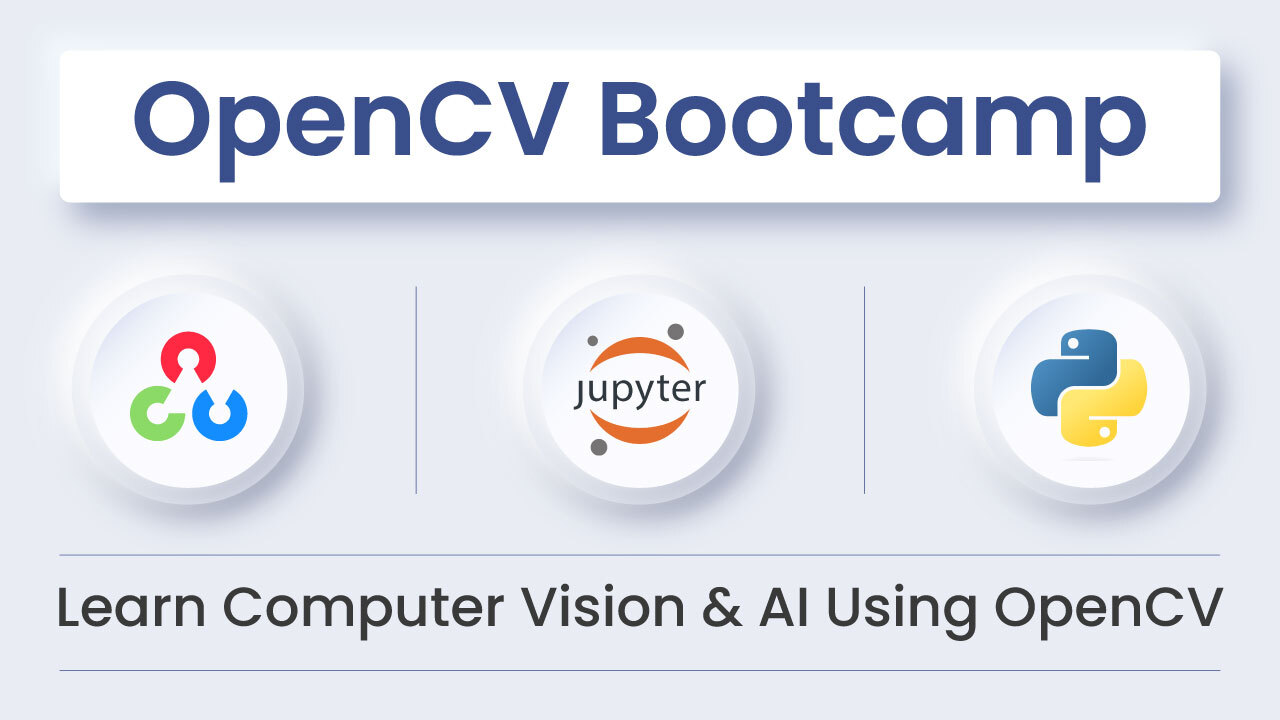

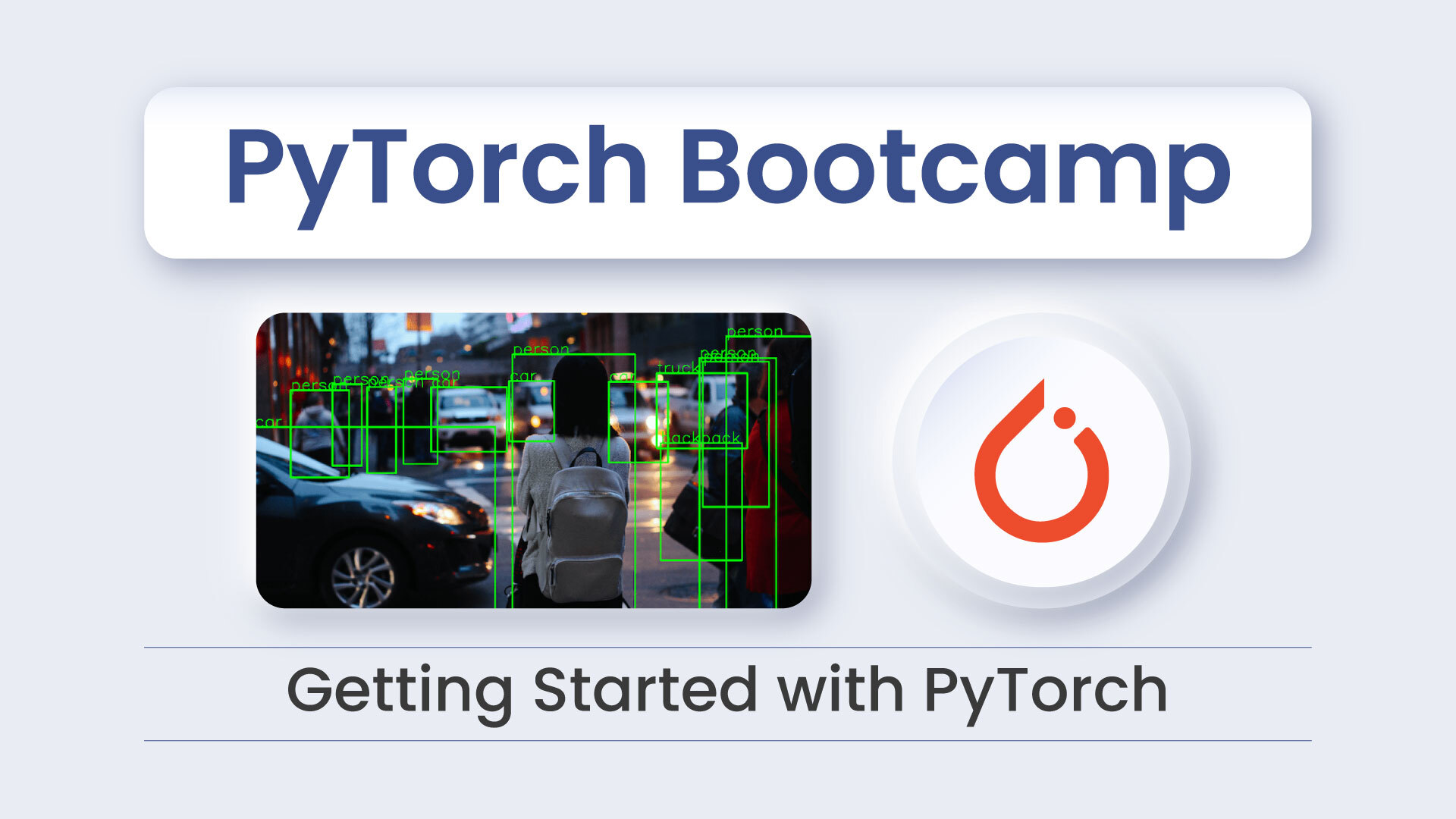
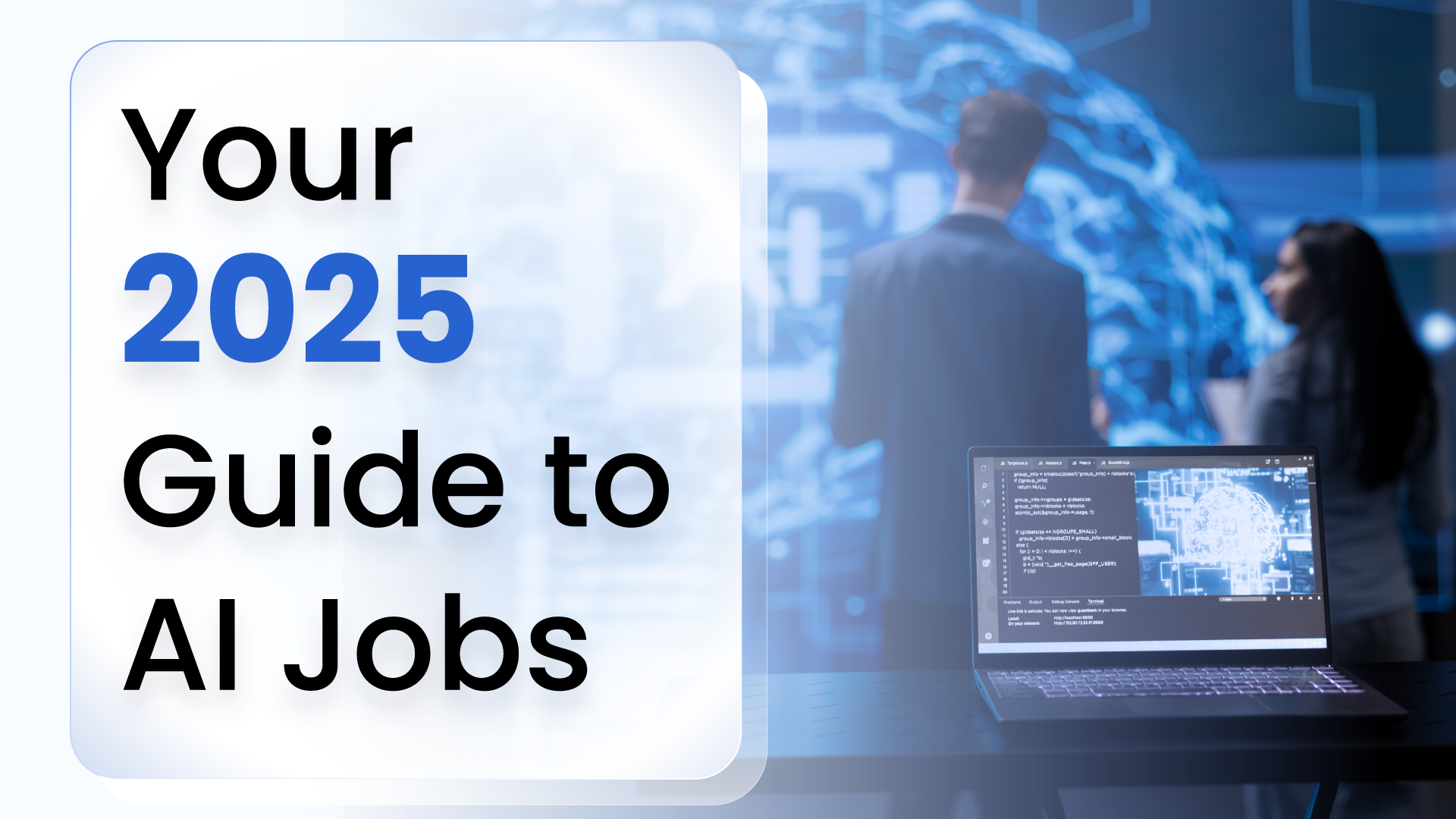
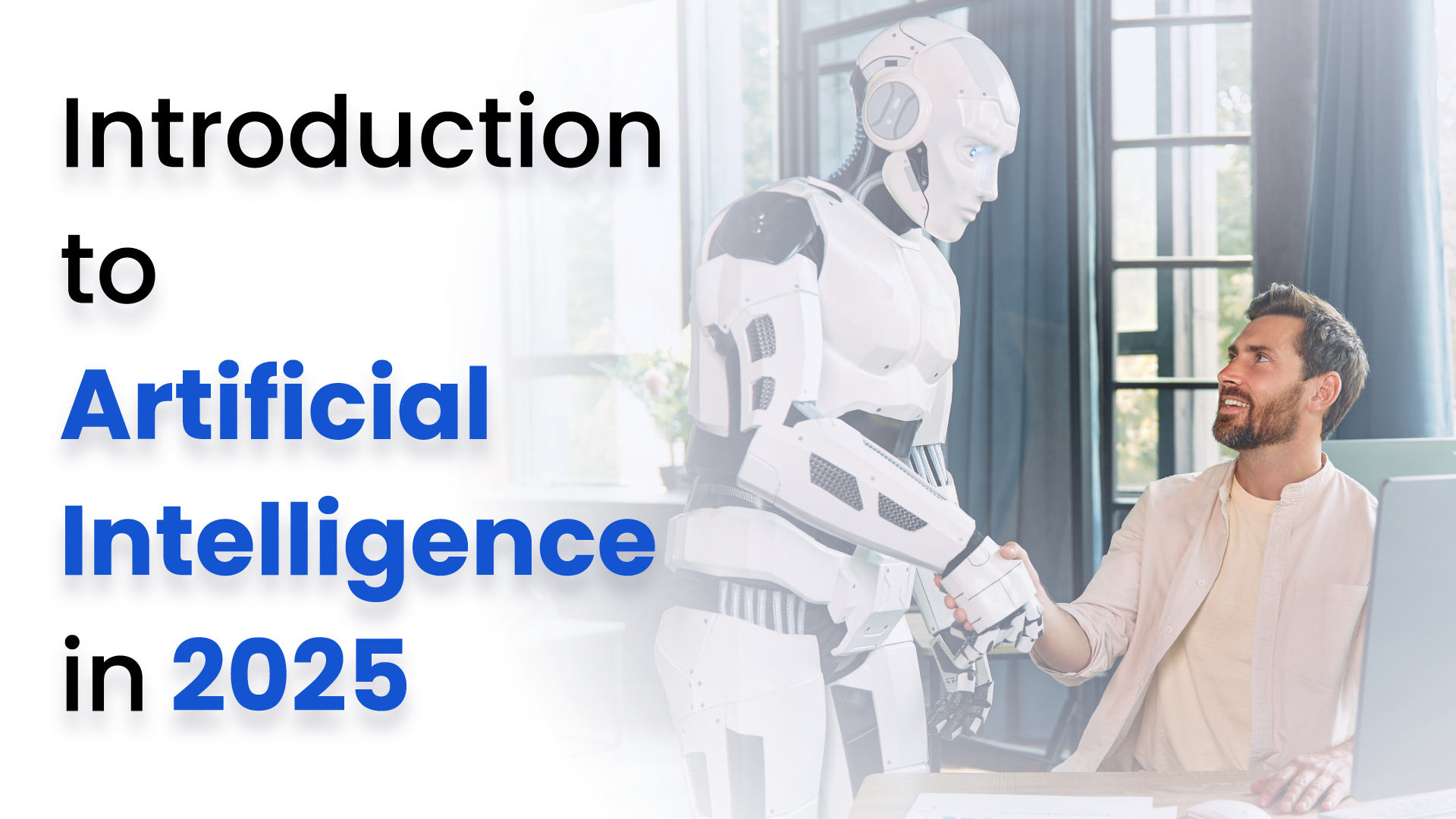
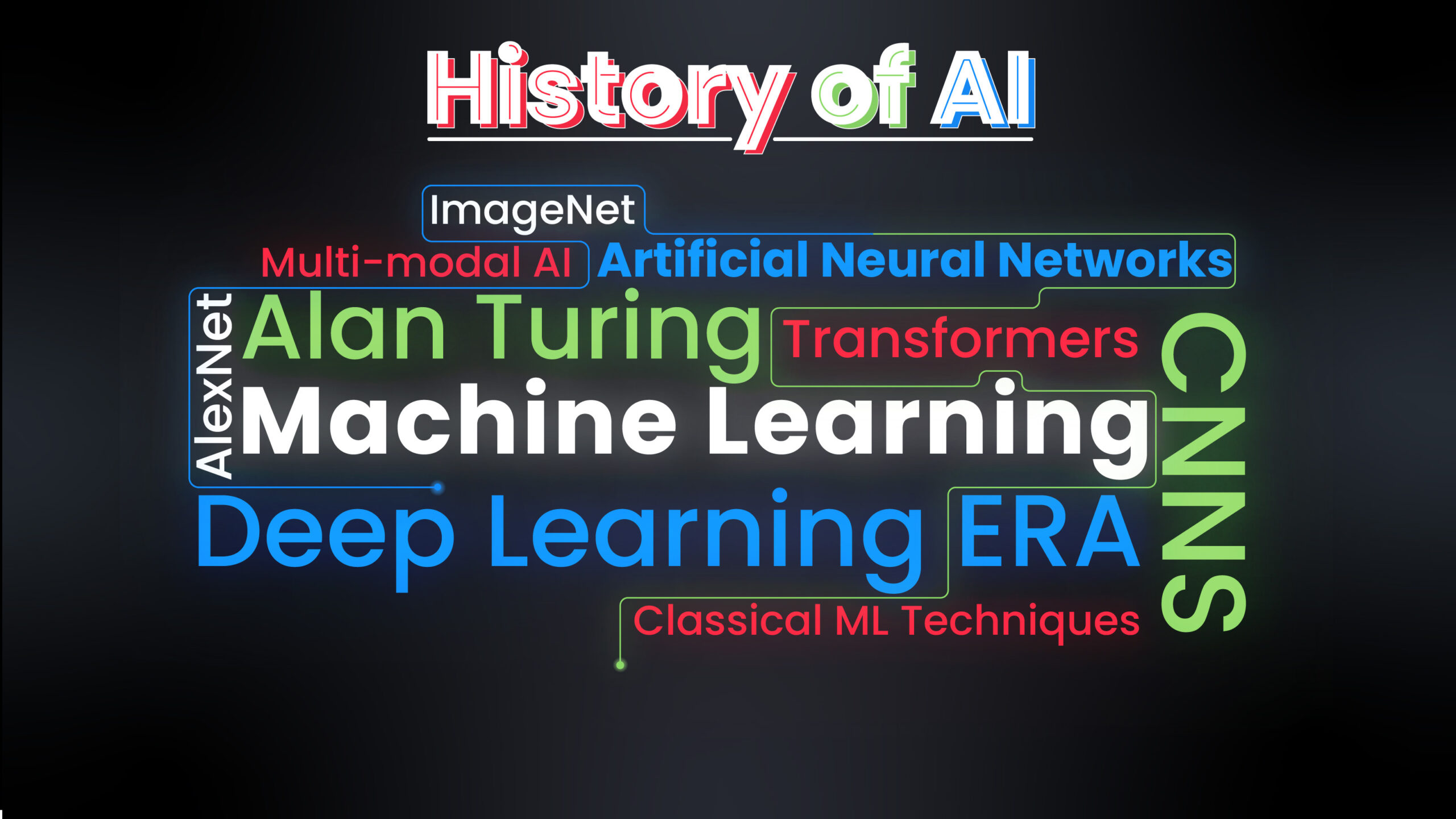
5K+ Learners
Join Free VLM Bootcamp3 Hours of Learning